Home Improvement Guide
Laying floor coverings yourself is also possible for laypeople. However, you should pay attention to a few things. Below we will give you the most important facts.
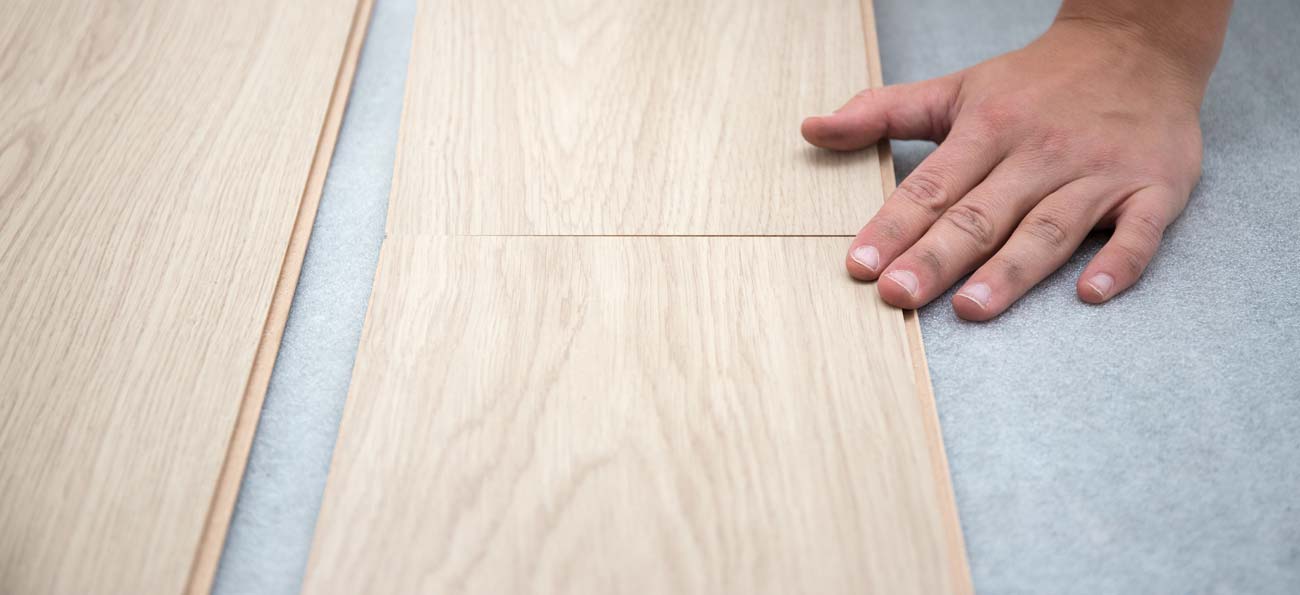
Laying the floor on carpet
You should not lay flooring on carpet. Firstly, it is unhygienic and secondly, it can damage your floor in the long term. Carpeting is not a solid surface. As a result, when someone walks across the floor or through heavy furniture, bending movements occur in the tongue and groove area of the floor covering. This leads to material fatigue and ultimately to an opening of the joints.
You must therefore remove the old carpet before installing the new Vinyl, Parquet or Laminate flooring embarrassed.
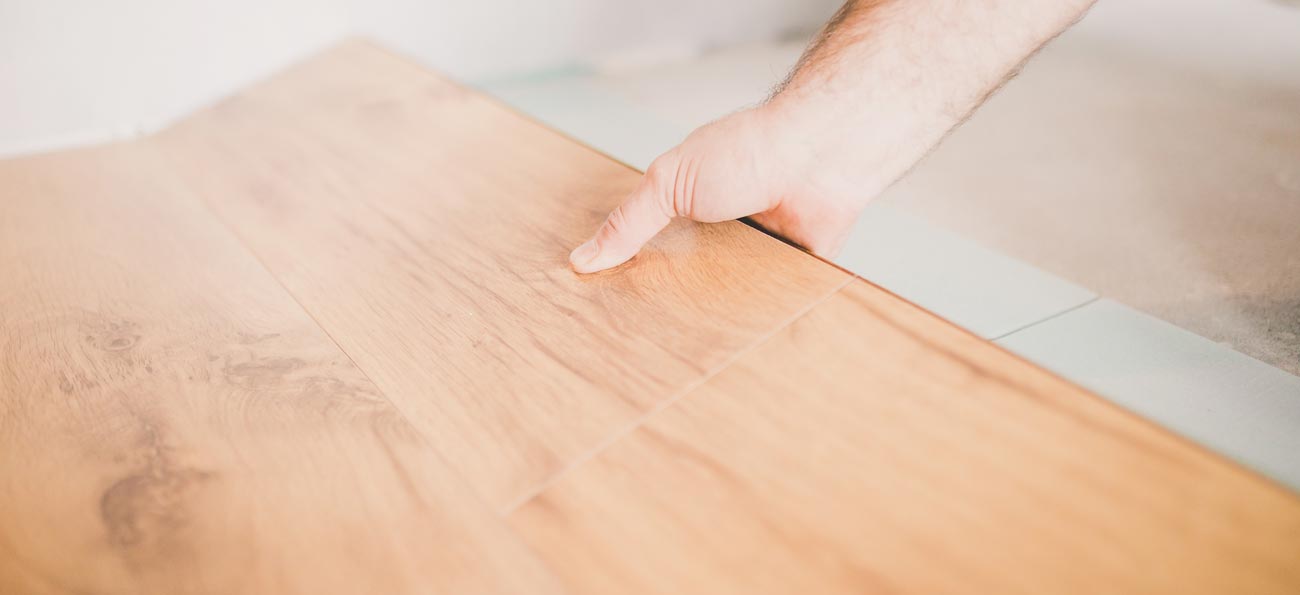
Lay floor on tiles
As long as there are no loose tiles in the old tiled floor, it is a good base for laying a Laminate , Vinyl or Parquet flooring.
The tile substrate must be free of dust and cracks as well as dry and level. You should install a vapor barrier and impact sound insulation under the new floor.
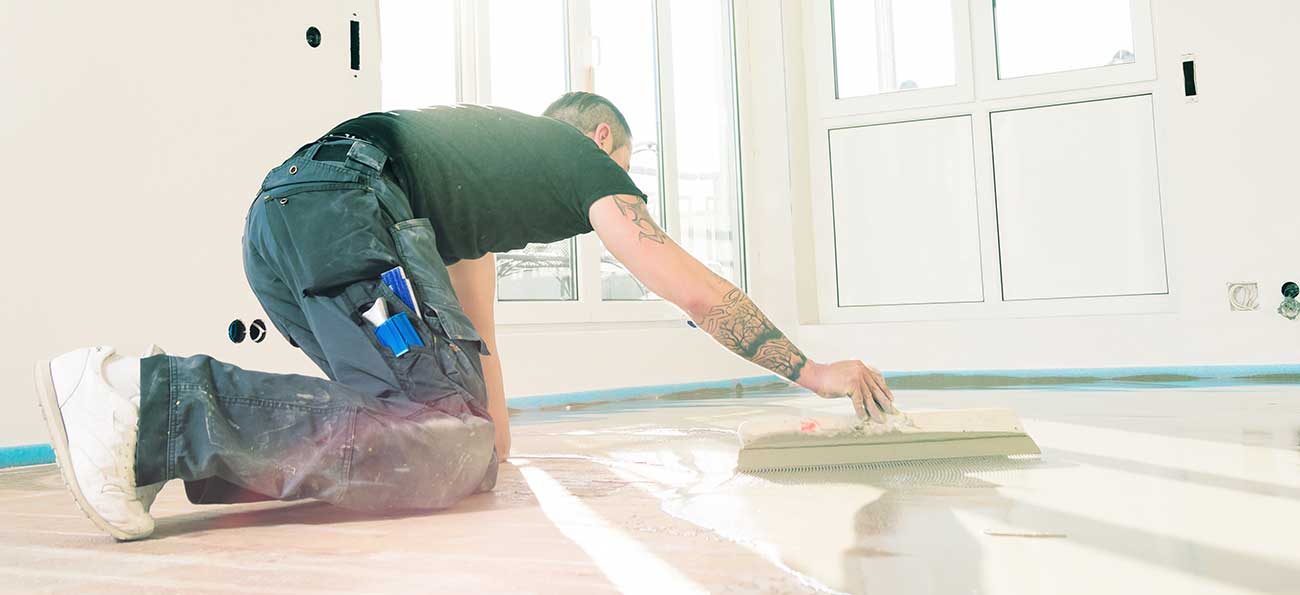
Lay floor on screed
This is the most common case. You may now be asking yourself: “What is screed?”. The answer is: “The screed is the layer that lies on the concrete base.” It serves this purpose:
- To compensate for unevenness in the surface. This creates an even, level foundation for floor coverings.
- To reach a certain height of the ground.
- Distribute the pressure evenly to the layer underneath.
- Insulate heat and impact noise.
A distinction is made between dry screed and wet screed.
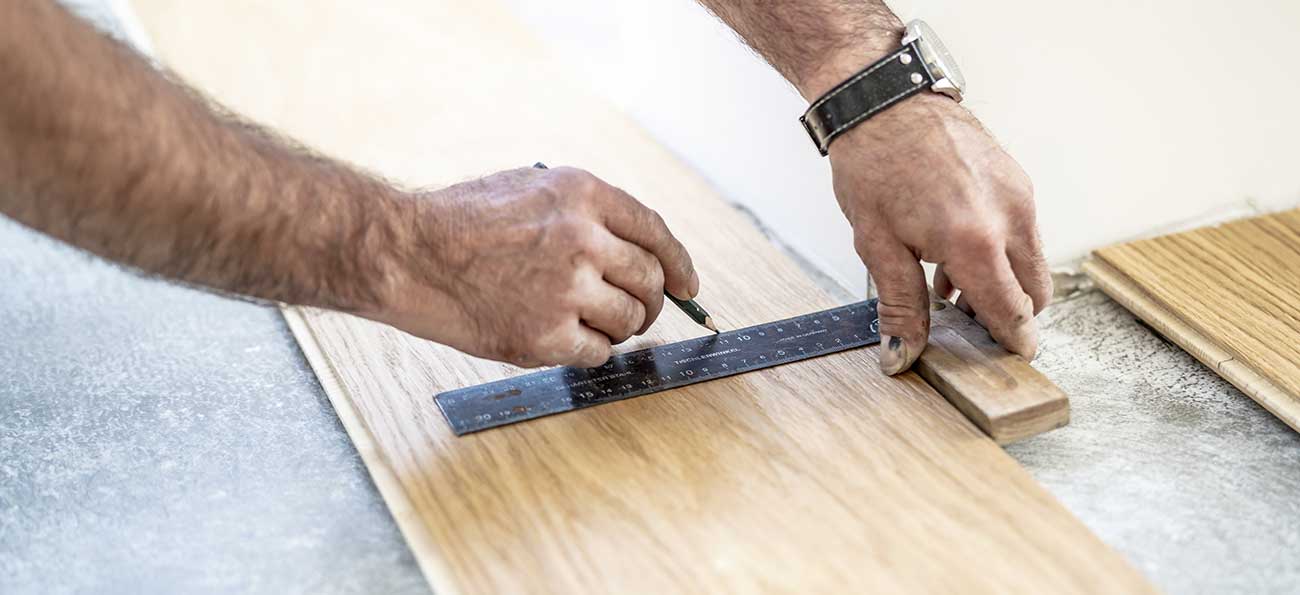
Dry screed
As the name suggests, this screed is laid dry. It consists of individual panels and can be supplemented with a dry fill to compensate for unevenness.
Advantages of dry screed:
- can be easily laid
- since no drying takes place, no material tension builds up
- After laying, the screed can be walked on or covered immediately
- it has a low weight
- the installation height is low
- it doesn't bring any moisture into the house
- very suitable for underfloor heating
- Using dry fill, unevenness can be leveled out
Disadvantages:
- Under greater loads, parts of the floor can sink or collapse
- worse sound insulation
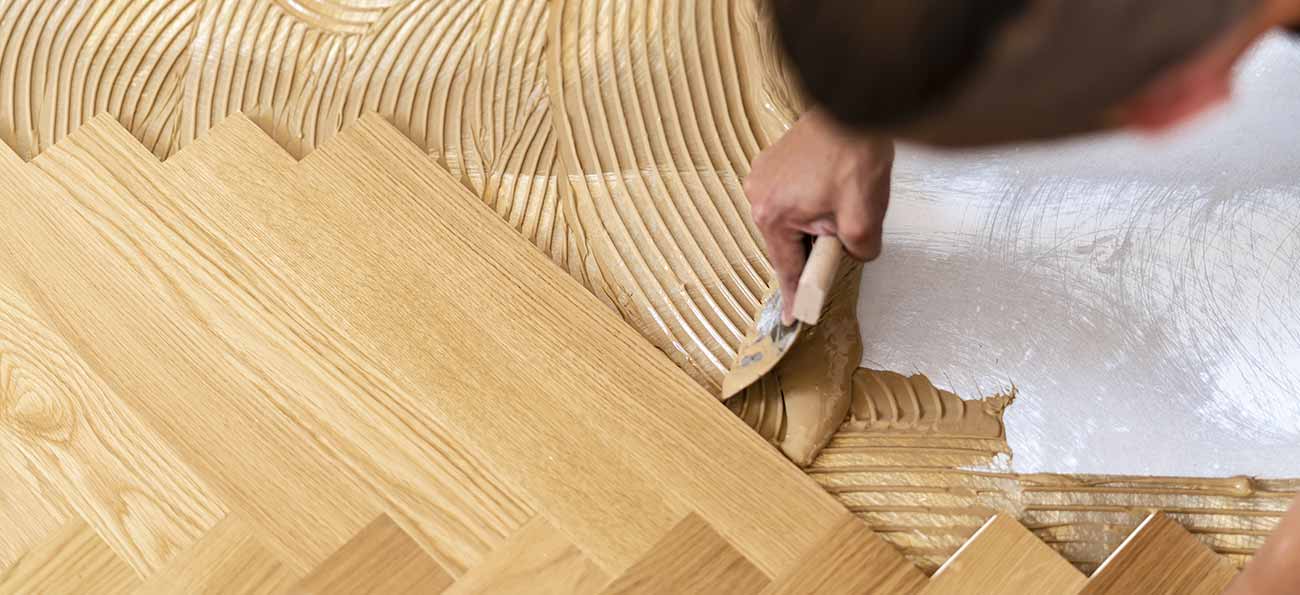
Wet screed
This includes cement, anhydrite or calcium sulfate, magnesite or magnesia screed and mastic asphalt. The latter is not of great importance for private housing construction. Cement screed can be used universally and is therefore particularly widespread in residential construction.
Advantages of cement screed:
- It is insensitive to temperature fluctuations and moisture once it has dried out properly.
- Extremely resilient after drying out
Disadvantages of cement screed:
- It can only be installed at ambient temperatures from 5 °C.
- During installation it should be protected from heavy rain, drafts, cold and extreme heat.
- It has a long drying time. The floor covering can only be laid on it after 20 to 30 days.
Cement screed consists of cement, gravel or sand, water, binding agents and catalysts. It is also called concrete screed or flowing screed. However, you should not confuse the concrete screed with the concrete floor of the house. The concrete screed is soft and self-leveling. You can buy it as a finished concrete screed or as a cement screed that is mixed with water. Another screed often used in residential construction is the anhydrite or calcium sulfate screed.
Advantages of calcium sulfate screed:
- It is easy to process
- This screed is particularly suitable for floor heating. It stores and conducts heat very well. In addition, it creates little material tension and is non-flammable.
- It can be walked on more quickly compared to cement screed
Disadvantages of calcium sulfate screed:
- It is not suitable for outdoor use, such as a balcony or garage
- It must generally be protected from moisture. Gypsum absorbs water easily.
The calcium sulfate screed consists of anhydrite, gravel or sand, water and calcium sulfate-based binders. It is also known as anhydrite or gypsum screed.
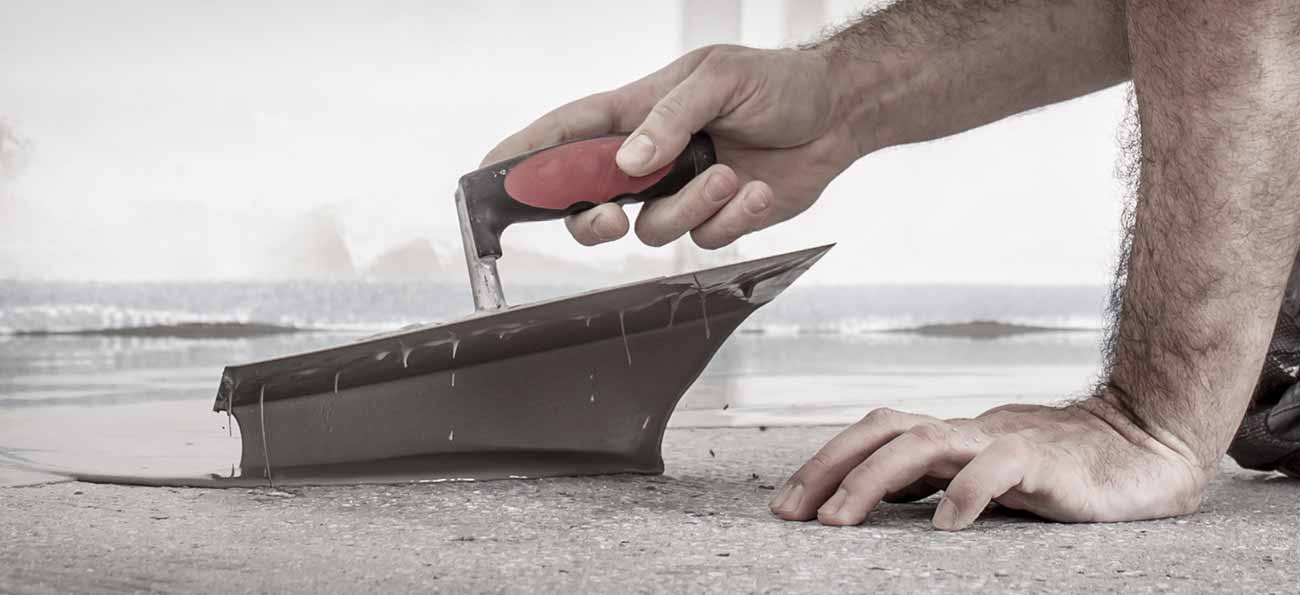
Requirements for laying a floor on screed
If you have a Vinyl floor, Parquet or laminate flooring, the surface must be solid, clean, dry, free of cracks and dust and even. When laying on a wet screed, the screed must be ready for covering. In the case of a cement screed, this means that the residual moisture must not exceed 2%. If underfloor heating is integrated, this value drops to 1.5%. With a calcium sulfate screed, the residual moisture must not be greater than 0.5% or with underfloor heating 0.3%. These values apply when measuring using the CM method, which is the only measuring method for measuring residual moisture that is recognized in court. In the CM method, a sample of the screed is placed in a steel bottle and mixed with calcium carbide. This produces acetylene gas. The steel bottle is equipped with a pressure gauge. Using a calibration table, the residual moisture is determined from the increase in pressure.
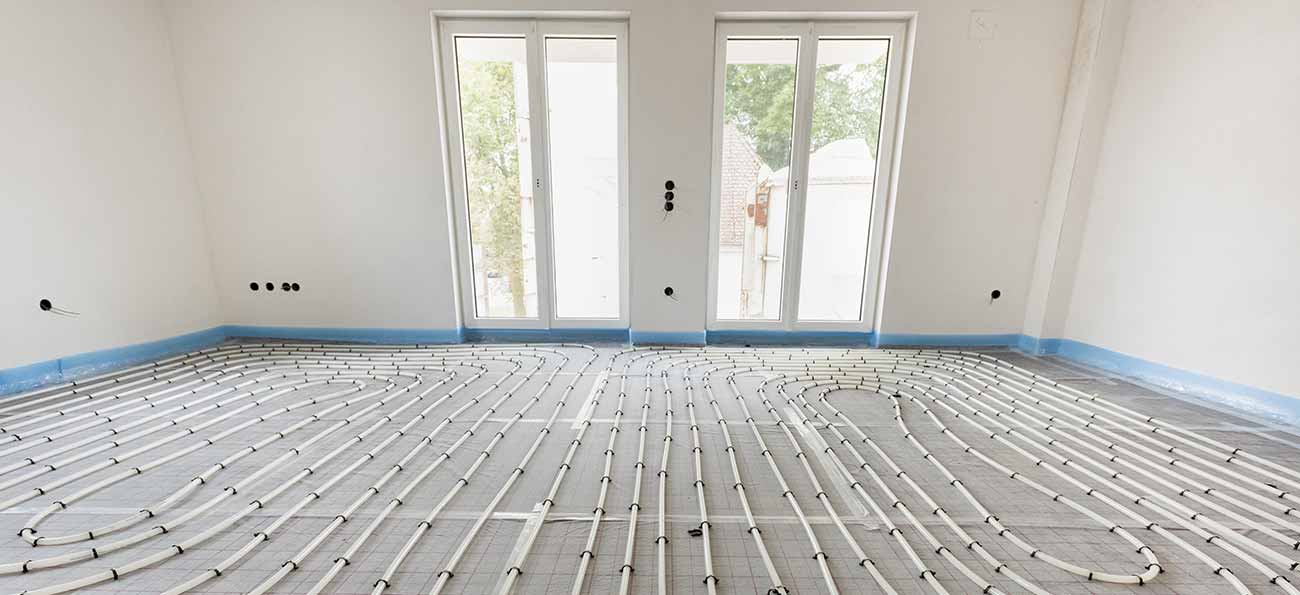
Laying floors over underfloor heating
If underfloor heating is embedded in the screed, it is referred to as a heated screed. Before laying the floor, a heating engineer must create a heating and cooling down protocol. When laying a floor covering over water-conducting underfloor heating, there must always be a vapor barrier, also called moisture barrier. This is a thin film that ensures that no moisture penetrates the soil from below. You may only turn on the heating three days after laying the floor and increase the temperature slowly. The maximum permissible temperature depends on the floor covering.
Please note that not every floor is suitable for laying over floor heating. Information about suitability can be found in the product description of the floor covering.
Please also pay attention to the difference between electric and water-conducting floor heating.
Accessories for laying floors
If you want to lay the floor on a mineral substrate (screed, tiles, natural stone) or on water-conducting floor heating, you must first install a Install vapor barrier.
However, if you want to lay the floor on an old wooden floor, you must under no circumstances Install vapor barrier. As a result, the moisture would attack the wooden floor in the long term by causing mold.
A impact sound insulation when laying the floor floating. Only if the floor is glued over the entire surface can you access the Impact sound insulation not be too soft. Otherwise, heavy furniture can cause damage to the tongue and groove system, for example. The Impact sound insulation reduces walking and impact noise. Depending on the material and thickness, it can also serve as thermal insulation. It can also compensate for small unevenness in the surface. There is this impact sound insulation also with integrated moisture protection. By the way, the Impact sound insulation not much - that is, if you have two Impact sound insulation on top of each other, you don't get double the insulation.
When laying the floor, you must maintain a small distance from all walls, the expansion joint (10 mm - 15 mm). This is best achieved with spacers. During installation, these ensure an even distance from the wall, then they are simply pulled out. The joints are made with skirts covered. This creates an attractive transition between the wall and the floor. The Skirting boards are available in different designs, heights and colors. Strips with integrated LED lighting are also available. You can easily find skirt boards that fit your floor and the room. Matching the moldings, there are also moldings for Inside and outside corners. Enable the transition from one room to the next Transitional or Customization profiles. Transition profiles are intended for floors of the same height, Adjustment profiles are used at different floor heights. For covering the edges of stairs there is Stair nosing profiles. These profiles are either screwed or glued.

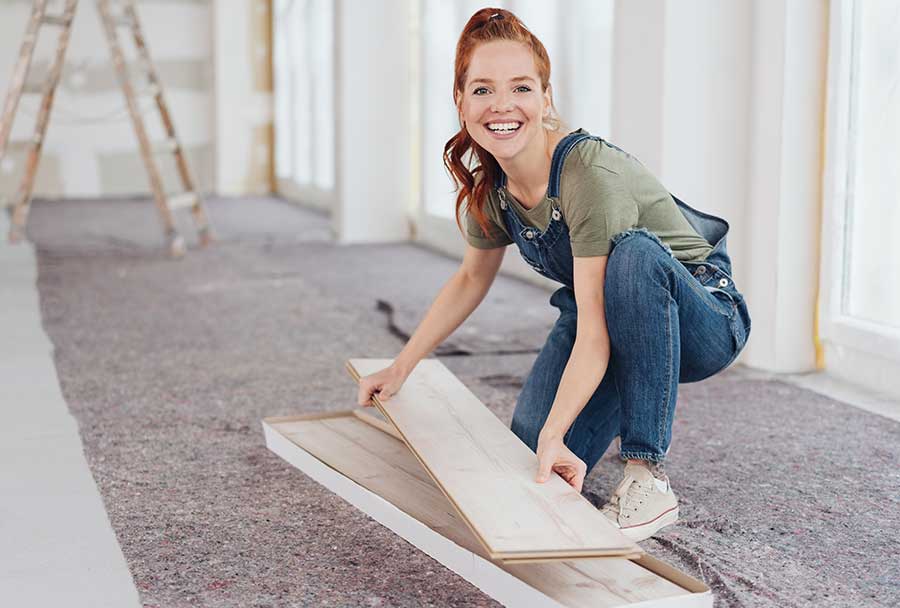
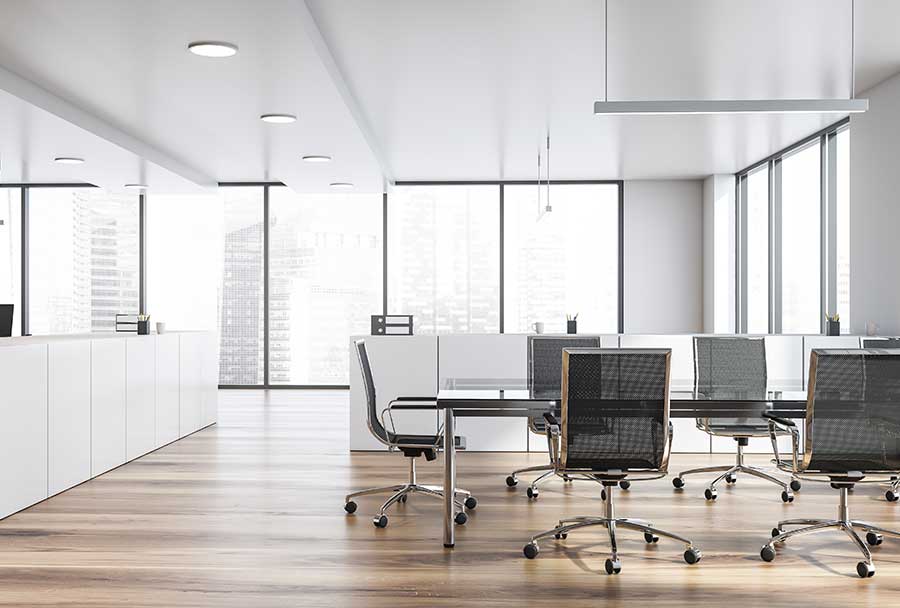
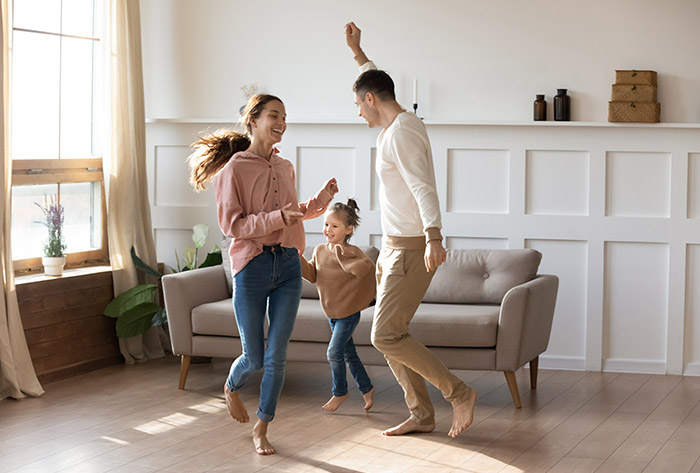
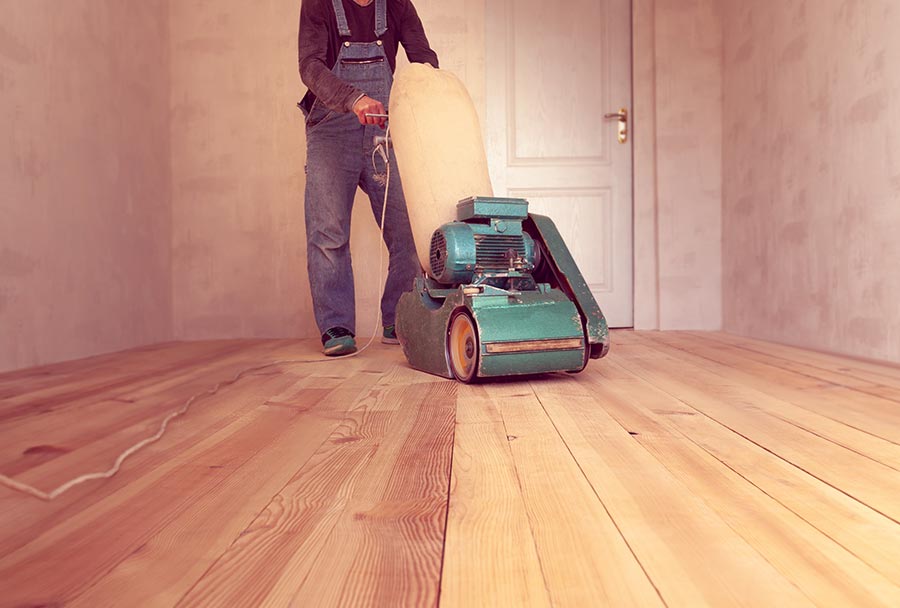
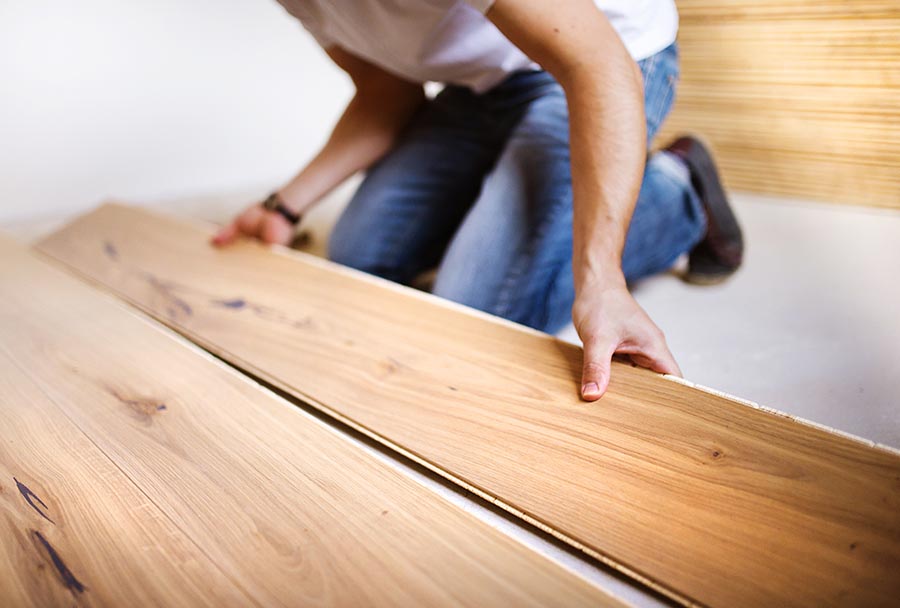
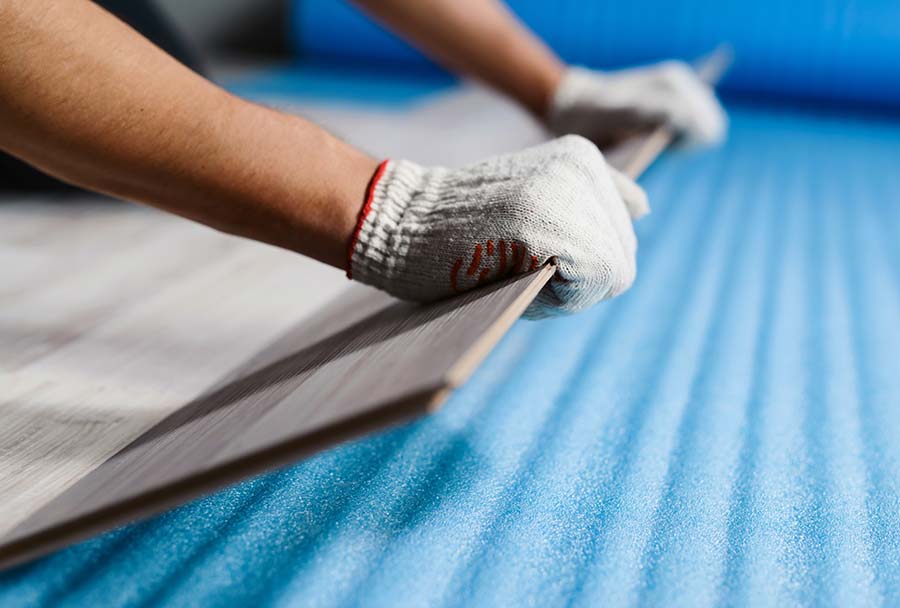
Comments